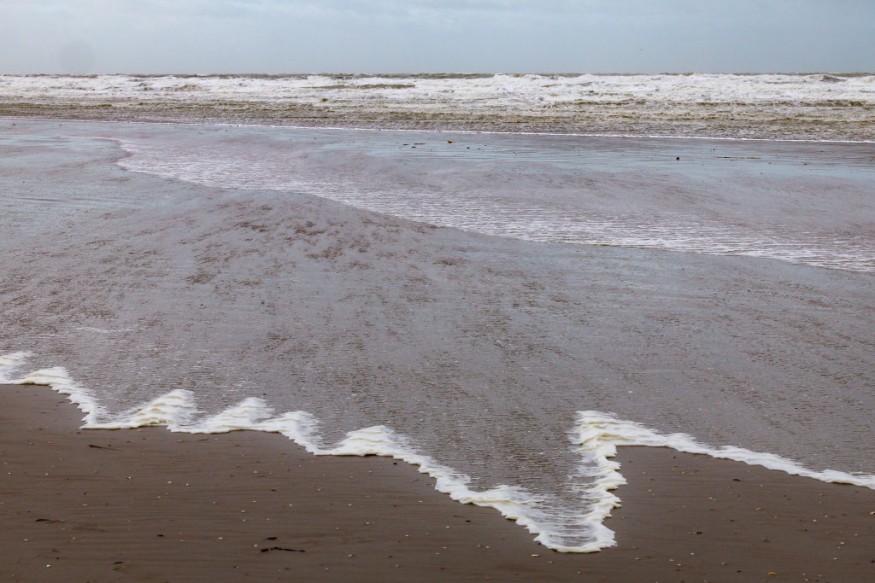A fisherman likely drowned from an ancient tsunami in the Pacific Ocean near Chile 5,000 years ago. Ancient human remains of the fisherman and the cause of death were discovered by forensic scientists. using a new modern forensic technique.
The new method allowed the scientists to identify and analyze victims of drowning. Based on the results of the method, it is likely a revolutionary innovation that can examine not only drowning cases of today but also during ancient times.
If the method is proven to be successful, scientists and archaeologists alike will be able to accurately diagnose ancient cases of death from drowning. Furthermore, the potential accuracy of the method on Chile's ancient tsunami will surpass the first-ever recorded ancient tsunami in ancient Greece.
New Modern Forensic Technique

In the new study, the scientists developed the so-called "diatom test" by modifying the modern forensic technique. It enabled them to tell the story of the fisherman who may be swept by a prehistoric tsunami located off the coast of the Atacama Desert in the Latin American country thousands of years ago.
The scientists are currently writing their research scheduled to be published under the Journal of Archaeological Science in April 2022. The study highlights the use of new technology to acquire evidence of drowning during the mid-Holocene era-wherein current tools are not capable of detecting.
Diatoms and Link to Drowning Diagnosis
The diatom test identifies drowning victims. Its analysis relies on the series of events that take place from the moment a human body swallows water when it reaches the lungs and ruptures it, and until the water reaches different parts of the body, as per National Geographic.
The technique reportedly allowed the scientists to determine the ancient fisherman's death since the test revealed that the remains showed signs of rowing activity on his bones and with a bone structure that resembles a marine type of diet.
During the test, the forensic scientists were able to assess the bone marrow of the human remains in search of diatoms, a group of microscopic algae usually found inside drowning victims. Several studies, cited on the online publication ScienceDirect, state a diatom is a basis in the diagnosis of drowning.
Although the diatom-based method is already being used, the forensic scientists in the new study were able to determine that the ancient human remains found in the waters of Chile belong to a fisherman who likely died from a tsunami-even thousands of years have passed.
First Ever Recorded Ancient Tsunami
By definition, an ancient tsunami is a natural phenomenon that predates modern geological tools and equipment capable of detecting a tsunami. Likely to have occurred millions or thousands of years ago, ancient tsunamis are likely to be similar to today's tsunamis.
Despite the lack of geological measurement in ancient times, the first-hand record of a large-scale tsunami happened during the winter of 479 BC-at a time when the Persian army attempted to invade the town of Potidaea in Greece, as per the Seismological Society of America cited by ScienceDaily.
© 2025 NatureWorldNews.com All rights reserved. Do not reproduce without permission.





